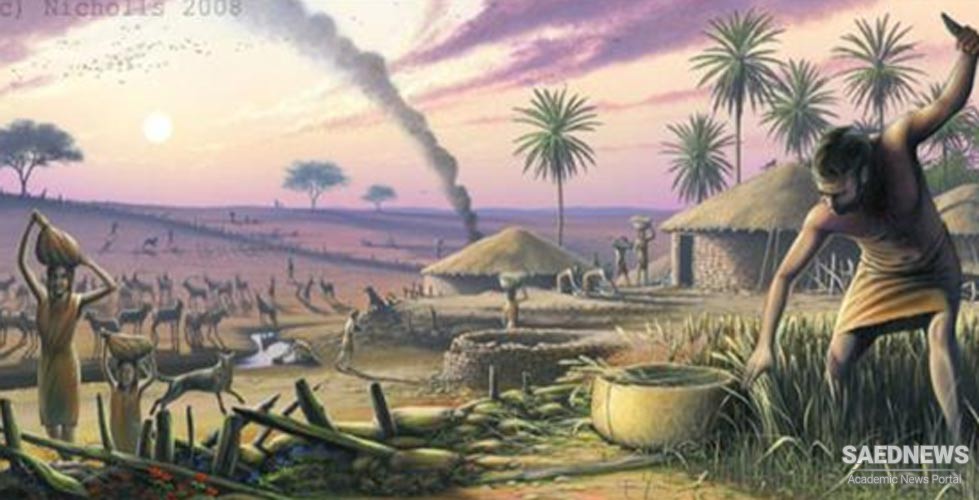By approximately 6000 BC patterns of village farming were widely spread over much of the Iranian plateau and in lowland Khūzestān. Tepe Sabz in Khūzestān, Hajji Firuz in Azerbaijan, Godin Tepe VII in northeastern Lorestān, Tepe Sialk I on the rim of the central salt desert, and Tepe Yahya VI C–E in the southeast are all sites that have yielded evidence of fairly sophisticated patterns of agricultural life (Roman numerals identify the level of excavation). Though distinctly different, all show general cultural connections with the beginnings of settled village life in neighbouring areas such as Afghanistan, Baluchistan, Central Asia, and Mesopotamia (Source: Britanica)


 Persis the Ancient Province Built into the Great Persia
Persis the Ancient Province Built into the Great Persia














































